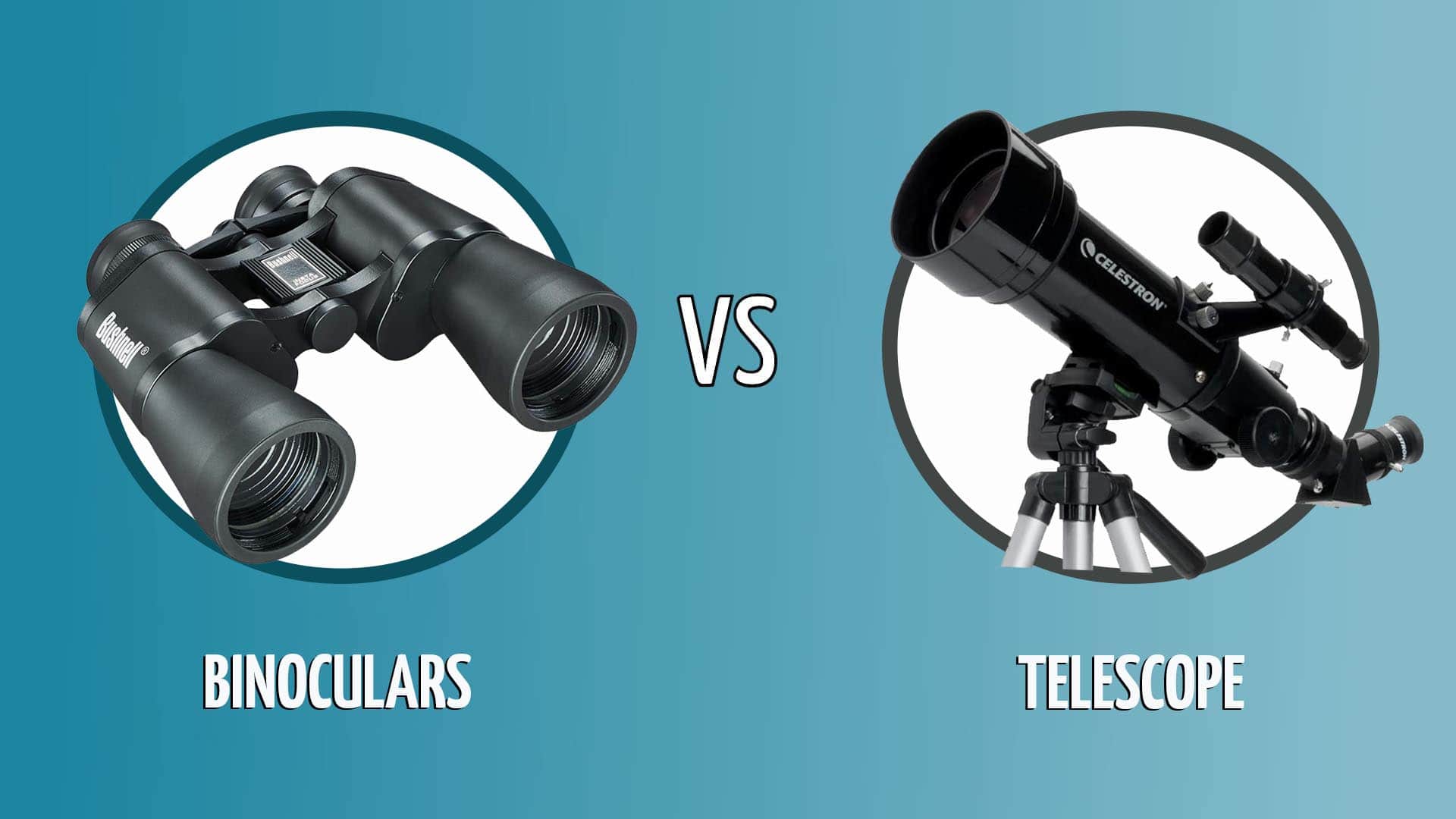Are telescopes better than binoculars?
Are telescopes better than binoculars for stargazing?
Compared to a telescope, binoculars for astronomy actually have certain advantages. Granted, they’re smaller and give lower magnification. But they’re lighter, much easier to take outside, use, and put away, and less expensive.
How powerful does a telescope have to be to see planets?
Experienced planetary observers use 20x to 30x per inch of aperture to see the most planetary detail. Double-star observers go higher, up to 50x per inch (which corresponds to a ½-mm exit pupil). Beyond this, telescope magnification power and eye limitations degrade the view.
How well can you see through a telescope?
Through a small telescope at low magnification you’ll usually be able to see the whole, or at least much of, the lunar disc in the eyepiece. As you up the magnification you’ll be able to get a ‘closer-in’ view of features like craters, mountains and rilles.
Can you see planets with a cheap telescope?
With just a small or medium-sized telescope, skygazers can easily observe planets. You’ll be surprised how much of our solar system you can see! And you don’t need a dark sky to view all of our solar system’s planets; even under city lights, Venus, Mars, Jupiter and Saturn can be easy to see with a telescope.
Can telescopes see further than binoculars?
Telescopes are not inherently better at looking into space than binoculars. Yes, astronomers’ telescopes, with their gigantic lenses and sturdy support systems, are more powerful than binoculars you can carry. But it just comes down to size. Both tools rely on the same optical principles to do the job.
What planets do you need a telescope to see?
A small telescope can reveal details on giant planets because of how much light they reflect. Medium and large telescopes will provide views of Venus, Mars, Jupiter, and Saturn, even in light-polluted areas.
Can you see Saturn’s rings with a telescope?
The rings of Saturn should be visible in even the smallest telescope at 25x. A good 3-inch scope at 50x can show them as a separate structure detached on all sides from the ball of the planet.
How good of a telescope do you need to see galaxies?
If you want to observe galaxies — and I mean really get something out of the time you put in at the eyepiece — you have to use a telescope with an aperture of 8 inches or more. Bode’s Galaxy (M81) glows brightly enough to show up through binoculars, but the larger the telescope you can point at it, the better.
Can I see a galaxy with my telescope?
Although we can’t resolve the stars individually because they’re so far, we can see the collective glow from those billions of stars through a telescope. Unlike planets and bright stars, galaxies fade out as they expand. Even if a galaxy is bright, the most you might typically see is its core with a 4-inch telescope.
What is the farthest distance a telescope can see?
28 Billion Light-Years Away: The Most Distant Star Ever Discovered. On Wednesday, NASA announced the Hubble telescope broke a new record– detecting the most distant star ever seen.
How big of a telescope do I need to see the rings of Saturn?
Viewing Saturn’s Rings – The rings of Saturn should be visible in even the smallest telescope at 25x.

Are telescopes better than binoculars for stargazing
Compared to a telescope, binoculars for astronomy actually have certain advantages. Granted, they're smaller and give lower magnification. But they're lighter, much easier to take outside, use, and put away, and less expensive.
Cached
How powerful does a telescope have to be to see planets
Experienced planetary observers use 20x to 30x per inch of aperture to see the most planetary detail. Double-star observers go higher, up to 50x per inch (which corresponds to a ½-mm exit pupil). Beyond this, telescope magnification power and eye limitations degrade the view.
How well can you see through a telescope
Through a small telescope at low magnification you'll usually be able to see the whole, or at least much of, the lunar disc in the eyepiece. As you up the magnification you'll be able to get a 'closer-in' view of features like craters, mountains and rilles.
Can you see planets with a cheap telescope
With just a small or medium-sized telescope, skygazers can easily observe planets. You'll be surprised how much of our solar system you can see! And you don't need a dark sky to view all of our solar system's planets; even under city lights, Venus, Mars, Jupiter and Saturn can be easy to see with a telescope.
Can telescopes see further than binoculars
Telescopes are not inherently better at looking into space than binoculars. Yes, astronomers' telescopes, with their gigantic lenses and sturdy support systems, are more powerful than binoculars you can carry. But it just comes down to size. Both tools rely on the same optical principles to do the job.
What planets do you need a telescope to see
A small telescope can reveal details on giant planets because of how much light they reflect. Medium and large telescopes will provide views of Venus, Mars, Jupiter, and Saturn, even in light-polluted areas.
Can you see Saturn’s rings with a telescope
The rings of Saturn should be visible in even the smallest telescope at 25x. A good 3-inch scope at 50x can show them as a separate structure detached on all sides from the ball of the planet.
How good of a telescope do you need to see galaxies
If you want to observe galaxies — and I mean really get something out of the time you put in at the eyepiece — you have to use a telescope with an aperture of 8 inches or more. Bode's Galaxy (M81) glows brightly enough to show up through binoculars, but the larger the telescope you can point at it, the better.
Can I see a galaxy with my telescope
Although we can't resolve the stars individually because they're so far, we can see the collective glow from those billions of stars through a telescope. Unlike planets and bright stars, galaxies fade out as they expand. Even if a galaxy isbright, the most you might typically see is its core with a 4-inch telescope.
What is the farthest distance a telescope can see
28 Billion Light-Years Away: The Most Distant Star Ever Discovered. On Wednesday, NASA announced the Hubble telescope broke a new record– detecting the most distant star ever seen.
How big of a telescope do I need to see the rings of Saturn
Viewing Saturn's Rings
The rings of Saturn should be visible in even the smallest telescope at 25x. A good 3-inch scope at 50x can show them as a separate structure detached on all sides from the ball of the planet.
How big of a telescope do you need to see Jupiter
The Best Equipment for Viewing Jupiter. Any small telescope with an aperture of 60mm to 90mm will be able to reveal Jupiter's four brightest moons, as well as the planet's cloud belts and zones. Even an 8×42 binocular or 9×50 finderscope will easily reveal the four Galilean moons.
Why do people use telescopes instead of binoculars
So why don't astronomers use binoculars Telescopes are not inherently better at looking into space than binoculars. Yes, astronomers' telescopes, with their gigantic lenses and sturdy support systems, are more powerful than binoculars you can carry.
What is the farthest thing to see with a telescope
Telescopes let you peer further into the universe, and the current record holder for the most distant known galaxy is called GN-z11. It's a small potato, as far as galaxies go, just 1/25th the size of our own Milky Way and only 1% of the mass.
How powerful is a telescope to see Saturn’s rings
25x
The rings of Saturn should be visible in even the smallest telescope at 25x. A good 3-inch scope at 50x can show them as a separate structure detached on all sides from the ball of the planet.
Can you see Pluto through a telescope
A 10” telescope can show you Pluto fairly conspicuously under dark (Bortle 3 or better) skies, while a larger telescope is needed in light-polluted environments.
How good of a telescope do I need to see Jupiter
The Best Equipment for Viewing Jupiter. Any small telescope with an aperture of 60mm to 90mm will be able to reveal Jupiter's four brightest moons, as well as the planet's cloud belts and zones. Even an 8×42 binocular or 9×50 finderscope will easily reveal the four Galilean moons.
What size telescope do I need to see the Andromeda Galaxy
And red dot finder users. Because at my rack you will make a 90 degree. Turn keep that in mind if you're using a typical finder scope you will be moving the telescope. In this direction. But the stars
How strong of a telescope do you need to see galaxies
If you want to observe galaxies — and I mean really get something out of the time you put in at the eyepiece — you have to use a telescope with an aperture of 8 inches or more. Bode's Galaxy (M81) glows brightly enough to show up through binoculars, but the larger the telescope you can point at it, the better.
How many light-years can a telescope see
The farthest that Hubble has seen so far is about 10-15 billion light-years away.
Can a telescope see the flag on the moon
No, it is not possible for a telescope to see the flags on the Moon. The flags are only 121 centimeters (4 ft) long and the average home telescope can only see objects larger than 1.5 kilometers (0.9 mi). Even the Hubble or the James Webb aren't big enough to reach that level of magnification.
How much does a decent telescope cost
Expect a quality telescope for visual observing to start at a cost of about $300, and a telescope capable of deep-sky astrophotography to start at around $800 in 2022.
What size telescope do I need to see Saturn’s rings
25x
Viewing Saturn's Rings
The rings of Saturn should be visible in even the smallest telescope at 25x. A good 3-inch scope at 50x can show them as a separate structure detached on all sides from the ball of the planet.
Do you need a telescope to see the 5 planets
There's no need for a telescope to see the five planets — Mercury, Jupiter, Venus, Uranus and Mars — that will line up near the moon.
What is the point of having a telescope
A telescope is a tool that astronomers use to see faraway objects. Most telescopes, and all large telescopes, work by using curved mirrors to gather and focus light from the night sky.



0 Comments